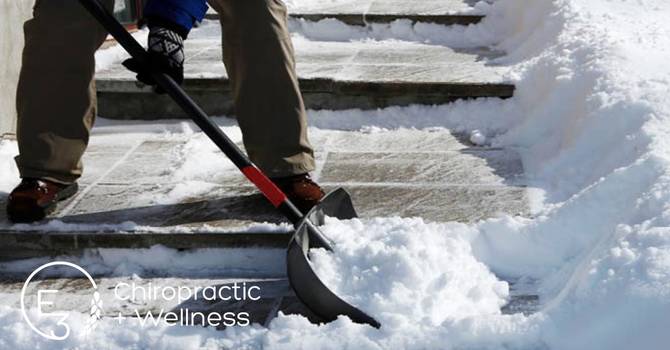
Rib pain is all too common, and we have all likely experienced it at one point or another.
We begin to notice a very sharp, pin-point pain in the middle of our back. Taking a deep breath can aggravate that pain; you can feel a massive muscle knot right where that pain is, moving around can hurt, and all you want to do is dig that muscle knot against the corner of a wall or a lacrosse ball.
You seem to find things to help alleviate that pain, such as foam rolling or rolling on a lacrosse ball, but that pain ALWAYS seems to come back.
So what is causing that rib pain, and why is it happening, and what can you do to stop it?
Keep reading to find out what causes rib pain and three exercises you can do to help reduce your risk of having rib pain.
What Is Causing Your Rib Pain?
You have 12 pairs of ribs that attach to the thoracic region of your spine or your mid-back. The ribs serve to protect your heart, lungs, and other vital organs. Each rib is shaped like a bucket handle arching from your spine to your breastbone (sternum) in front. Your ribs must move freely when you breathe, bend, twist, and reach.
Each rib has two joints attaching to your spine (costovertebral and costotransverse joints) and one to the front of your chest to your sternum (costosternal joints). When the joints that attach your ribs to your spine do not move properly, this is called segmental joint dysfunction. This can result in very sharp pain in the area of joint dysfunction.
Most of the rib pain that you may be experiencing is due to dysfunction of the joints that attach your rib to your spine.
Three Causes of Rib Joint Dysfunction
There are three leading causes of rib pain:
- Improper Breathing Patterns
- Improper Low Back Stabilization
- Strategy Poor Shoulder Blade Stability
This is important to understand because, to prevent rib pain, we have to attack each of these causes! If you would like to learn more about these causes of rib pain, click HERE to read more.
Three Exercises to Combat Rib Joint Dysfunction
Diaphragmatic Breathing.
The diaphragm is the PRIMARY muscle for respiration. If we do not breathe properly, using our diaphragm, we use secondary muscles of respiration. These muscles are designed to HELP us breathe; they are not designed to be the primary muscles of respiration. If the secondary muscles become primary muscles of respiration, this can result in them becoming overworked, resulting in muscle spasms and ultimately rib joint dysfunction. This is the easiest way for you to practice using your diaphragm to breathe correctly.
Creating Intra-Abdominal Pressure with Limb Differentiation
If we do not use the correct strategy of IAP to stabilize our spine, we will use compensations, and compensations always come at a cost. In this case, one of the costs can result in rib pain.
Here is a great starting exercise to focus on creating IAP and increasing your strength.
Banded Wall Slides
Our shoulder blades need to be able to move in a coordinated fashion with our arms. I promise, our shoulder blades go in more places than just down and back.
This is a great starting exercise to enforce proper shoulder blade stability and motion.
How E3 Can Help
Are you or someone you know experiencing chronic rib pain? We can get to the bottom of that rib dysfunction together! At E3 Chiropractic + Wellness, we tailor a treatment plan specifically for you to address any of the three above reasons causing your rib pain.
Don’t let chronic rib pain stop you from enjoying your activities or even breathing pain-free. Click HERE to book an appointment with E3 Chiropractic today!





